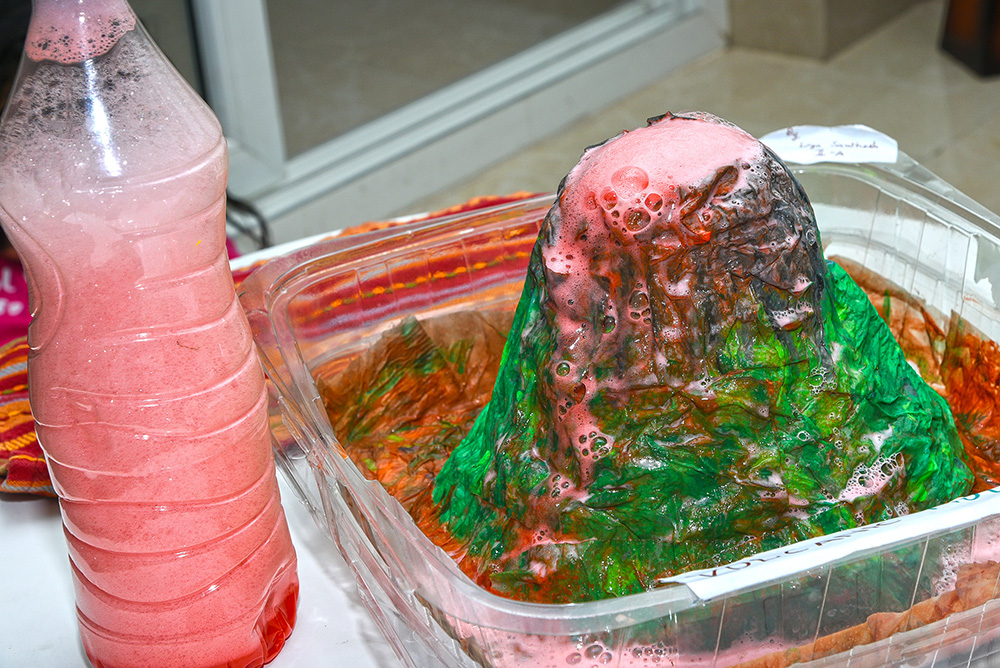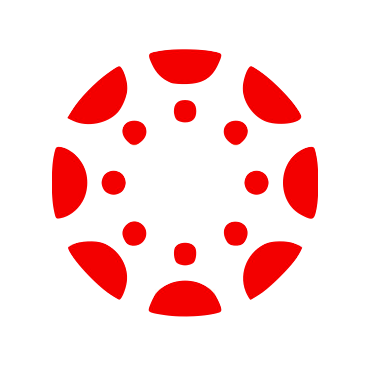Guide 6A Life Cycles
Products
Quiz, Media, & Portfolio Directions
Review Life Cycles Contents
Life Cycles Objectives
Chromosomes & DNA
Explain what a chromosome is, where it is located in a cell, how it is structured, and how it relates to inheritance; and describe the structure of the DNA macromolecule, including how the structure of DNA relates to cellular function.
Life Stages
Compare and contrast mitosis and meiosis, including the role of DNA replication, where these processes occur in an organism, and why the processes are significant; and outline the life cycles of various species, indicating when mitosis and meiosis occur.
Amphibians
Describe the evolutionary path and characteristics that distinguish amphibians from other vertebrates; outline the steps of a frog’s life cycle; and provide examples of amphibians, including their habitats and representative species.
Development
Outline the steps that occur after fertilization, including how DNA directs development and factors that can impact this process; describe the development of the different species, including fruit flies and mealworm darkling beetles; and explain the role of respiration in organisms, including how it relates to animal organ systems and development.
Life Cycles Quiz
Life Cycles Media
Introduced in Chromosomes & DNA section of this guide:
Science Concept Model
Models are used extensively in science to represent challenging concepts. Models can reduce complexity and enable us to interact with a world that may not fit our time or physical scale.
For this assignment you are creating your own model of a science concept. It could be your own model of DNA, or a completely different science concept. Your model can be two-dimensional like a sketch, three-dimensional like a sculpture (we’ve seen them in snow, jello, and even collaged leaves), or multi-media like a video. The key is to represent a science concept in an original way.
Think like a teacher for this one. Imagine you are teaching a particularly challenging concept and consider how you can simplify the concept into an interesting form. A model does not need to be elaborate to be effective; there are examples of everyday materials you can use on the resources page.

What you are submitting:
-
Your created model of a science concept. The model can be a photo, video, audio, sketch, or written description.
-
Include a brief description of your model. This can be part of what you upload, or a note in the comment box.
Animal Portfolio
Portfolio Directions
Typically each week you will have about an hour’s worth of work on your Animal Biology Portfolio. This week, add your favorite quiz responses and media pieces to your portfolio. Decide which of the course outcomes are the best match for your work. You can review the requirements on the portfolio page.




